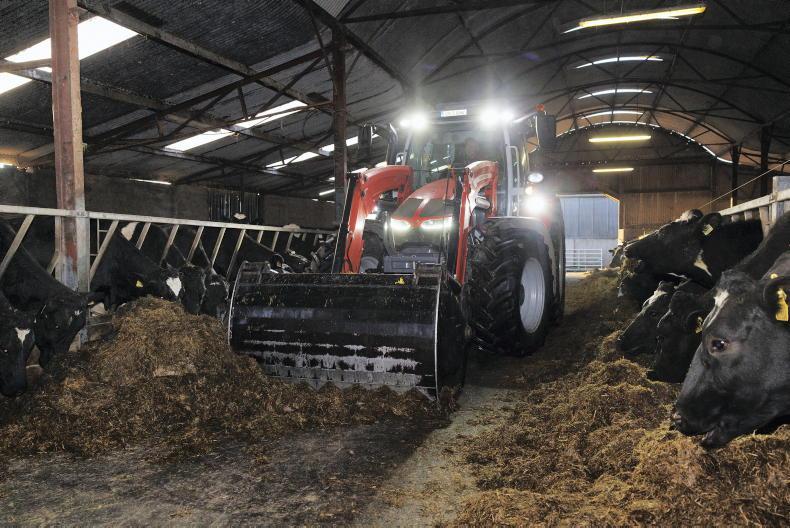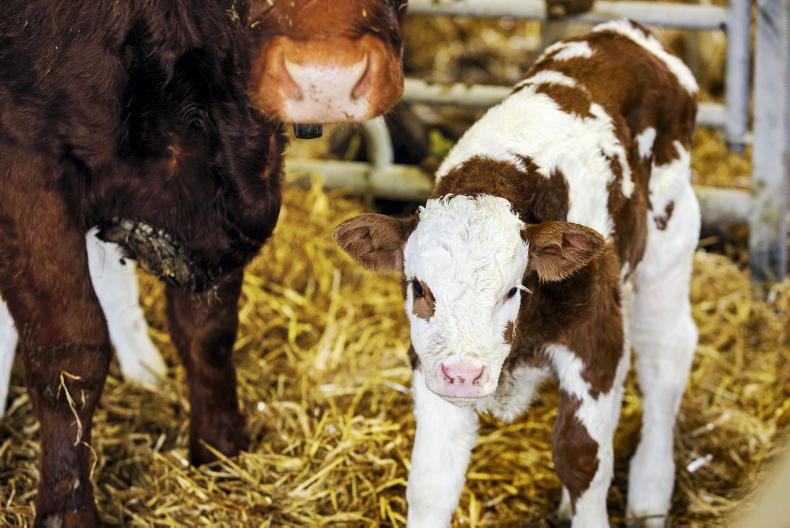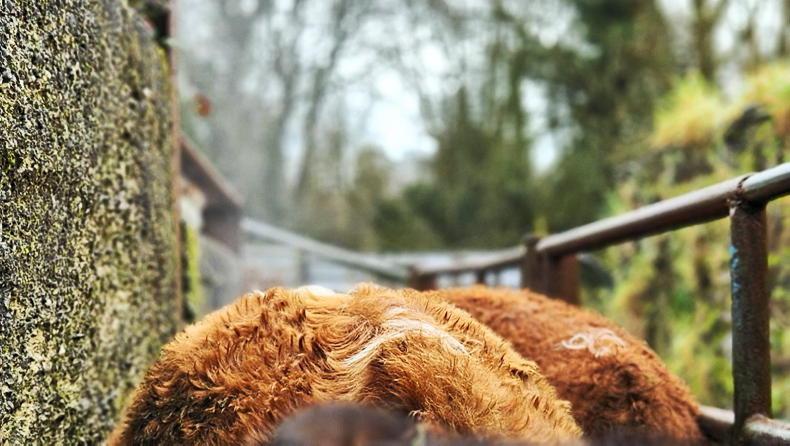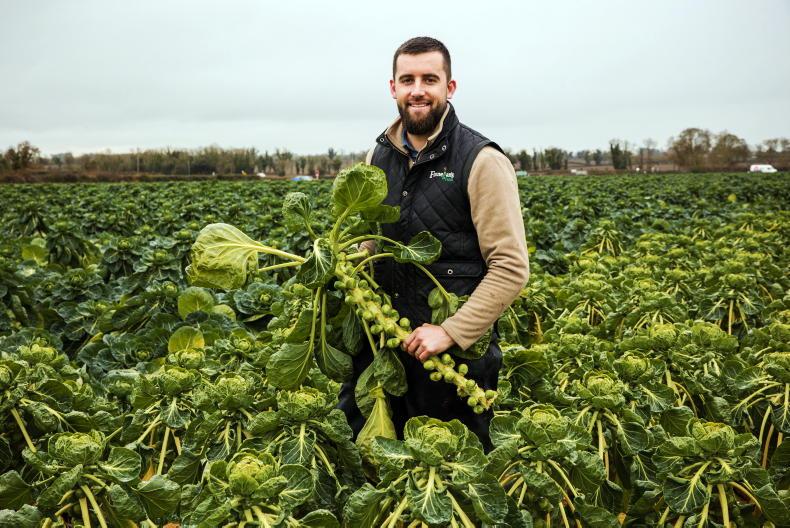While the vast majority of suckler cows calve during the spring months, a sizeable proportion also calve during the autumn months – particularly in the west of the country. The system lends itself well to tougher land types, with cows calving outdoors in August and September, staying with their mothers until spring and then being weaned at turnout.
Dry suckler cows can then graze rough grazing for the summer months, while weaned calves can be kept on better grassland.
Regardless of the system suiting a farm, like all other production systems, costs have gone up in recent years, with the total cost of keeping an autumn-calving suckler cow now coming close to €1,300/animal.
There will be some debate around the inclusion of some costs and exclusion of others, but no matter what way you cut the cloth – the costs have increased.
Weanlings are a good trade at the moment, but they need to be in order for suckler farmers to recover the costs spent on inputs getting them to sale day.
In this week’s Focus, we meet Davy Boles, who is operating a suckler herd on typical Fermanagh land. He’s chosen a system that suits his farm and he’s trying to breed the best he can; like so many other weanling producers.
The family nature of the farm also shouldn’t be forgotten. Fostering a love of farming in the next generation is something Davy has conquered.
Kieran Mailey takes a look at some tips on getting cows back in calf. Nutrition is important and good-quality silage will help reduce feed costs on an autumn-calving suckler farm.
Autumn-calving cows present a great opportunity for farmers to use AI, as cows are indoors and are a little easier to observe. Some farmers use this as an opportunity to use maternal genetics or sexed semen to try and breed heifers.
We also take a look at some tips on making sure you get your SCEP payment in full in 2024.
While the vast majority of suckler cows calve during the spring months, a sizeable proportion also calve during the autumn months – particularly in the west of the country. The system lends itself well to tougher land types, with cows calving outdoors in August and September, staying with their mothers until spring and then being weaned at turnout.
Dry suckler cows can then graze rough grazing for the summer months, while weaned calves can be kept on better grassland.
Regardless of the system suiting a farm, like all other production systems, costs have gone up in recent years, with the total cost of keeping an autumn-calving suckler cow now coming close to €1,300/animal.
There will be some debate around the inclusion of some costs and exclusion of others, but no matter what way you cut the cloth – the costs have increased.
Weanlings are a good trade at the moment, but they need to be in order for suckler farmers to recover the costs spent on inputs getting them to sale day.
In this week’s Focus, we meet Davy Boles, who is operating a suckler herd on typical Fermanagh land. He’s chosen a system that suits his farm and he’s trying to breed the best he can; like so many other weanling producers.
The family nature of the farm also shouldn’t be forgotten. Fostering a love of farming in the next generation is something Davy has conquered.
Kieran Mailey takes a look at some tips on getting cows back in calf. Nutrition is important and good-quality silage will help reduce feed costs on an autumn-calving suckler farm.
Autumn-calving cows present a great opportunity for farmers to use AI, as cows are indoors and are a little easier to observe. Some farmers use this as an opportunity to use maternal genetics or sexed semen to try and breed heifers.
We also take a look at some tips on making sure you get your SCEP payment in full in 2024.









SHARING OPTIONS